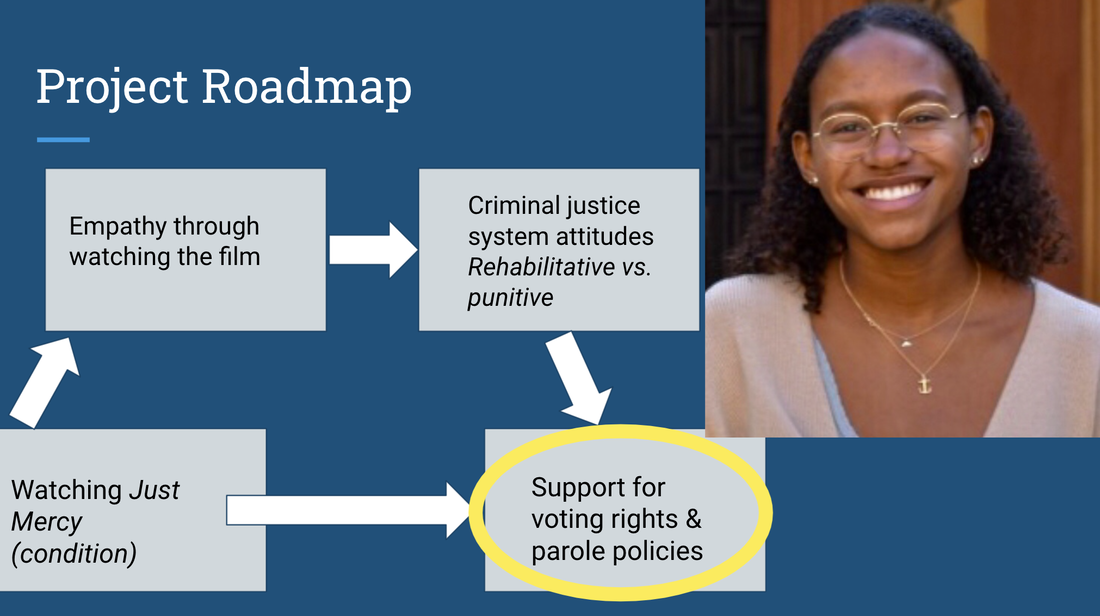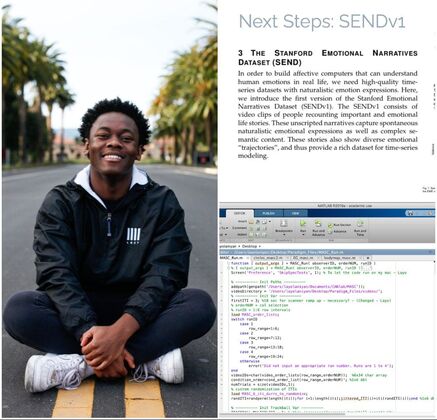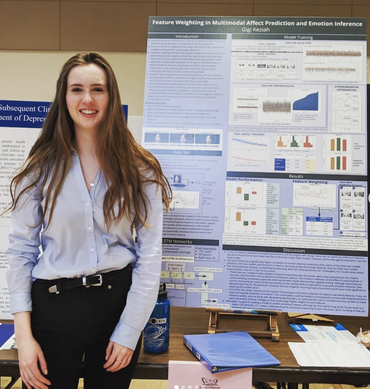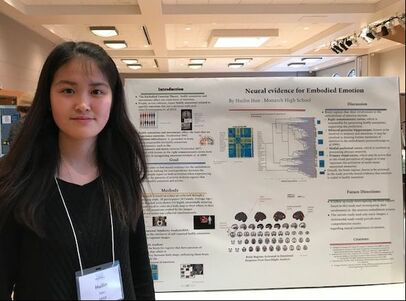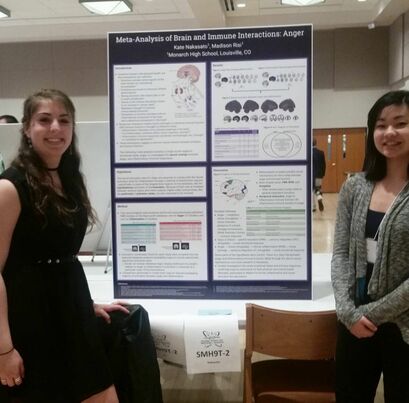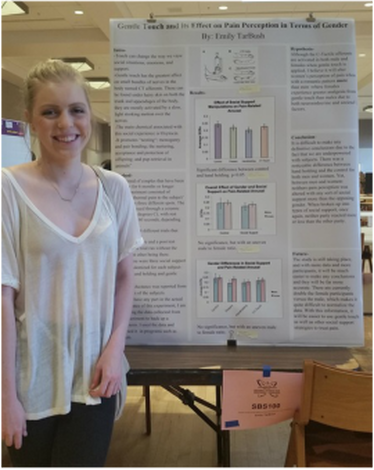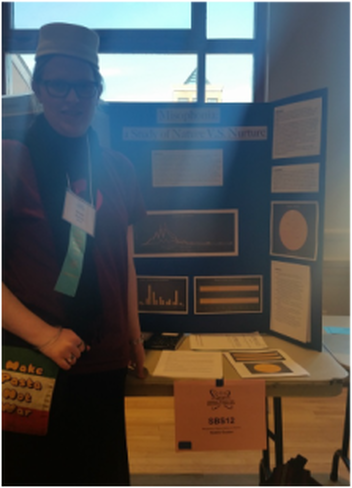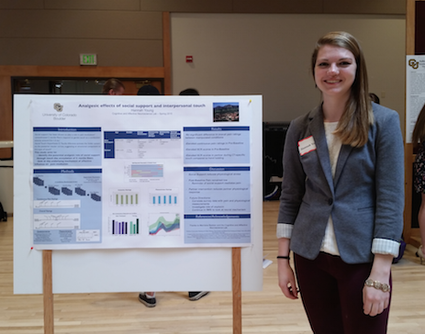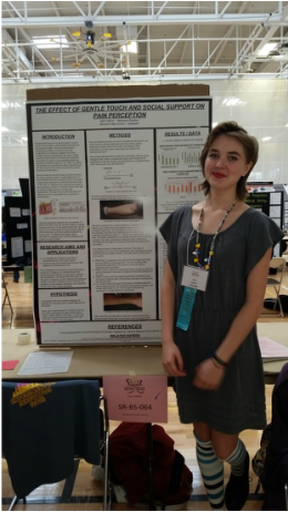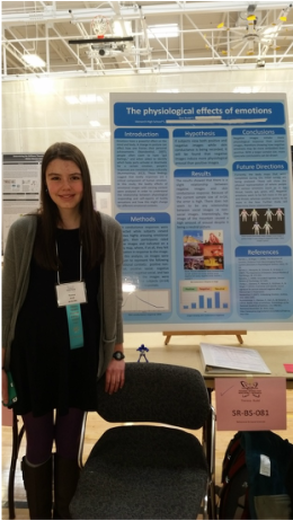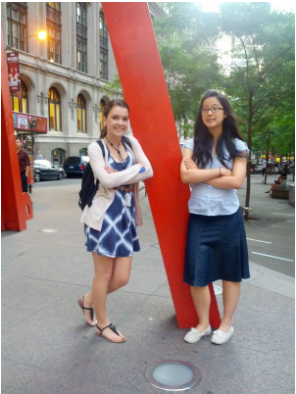last updated summer 2021
|
Isabel Dibble is a recent Stanford graduate who worked with me on an empathy intervention to help change people's attitudes and beliefs about incarcerated people. Isabel noted that some of our measures were abstract. She wanted to know if we could actually change people's votes on real issues that impact formerly incarcerated people. She added two items to our task to test if our intervention motivated people to sign a real petition that would restore voting rights to all incarcerated and formerly incarcerated people in the United States.
Summer 2021, Stanford University |
|
Layo Laniya is a recent Stanford graduate, here virtually posing next to his work! Layo noted that one of our empathy studies treated emotional as two dimensional. Eager to correct this, he designed a task to explore "emotion granularity" in the SEND v1 dataset! He also helped design an intervention-based experiment that helps people to better empathize with formerly incarcerated people. Summer 2020 Stanford University |
Julia Faulkner, a student at Monarch High School in Louisville, CO presented her work at the regional Boulder Science Fair on how gentle touch and social interactions can influence pain perception.
|
Abigail Orlando (left) and May Yuan (right) were students who I mentored for their Intel projects during their junior and senior years of high school in 2012-13 at Mount Sinai School of Medicine.
|
